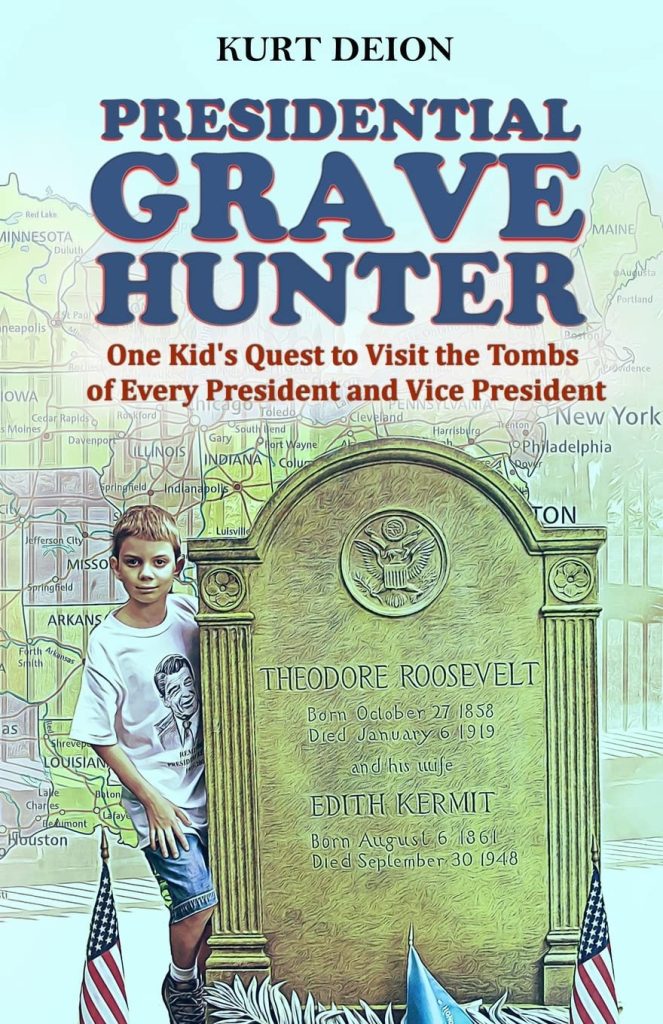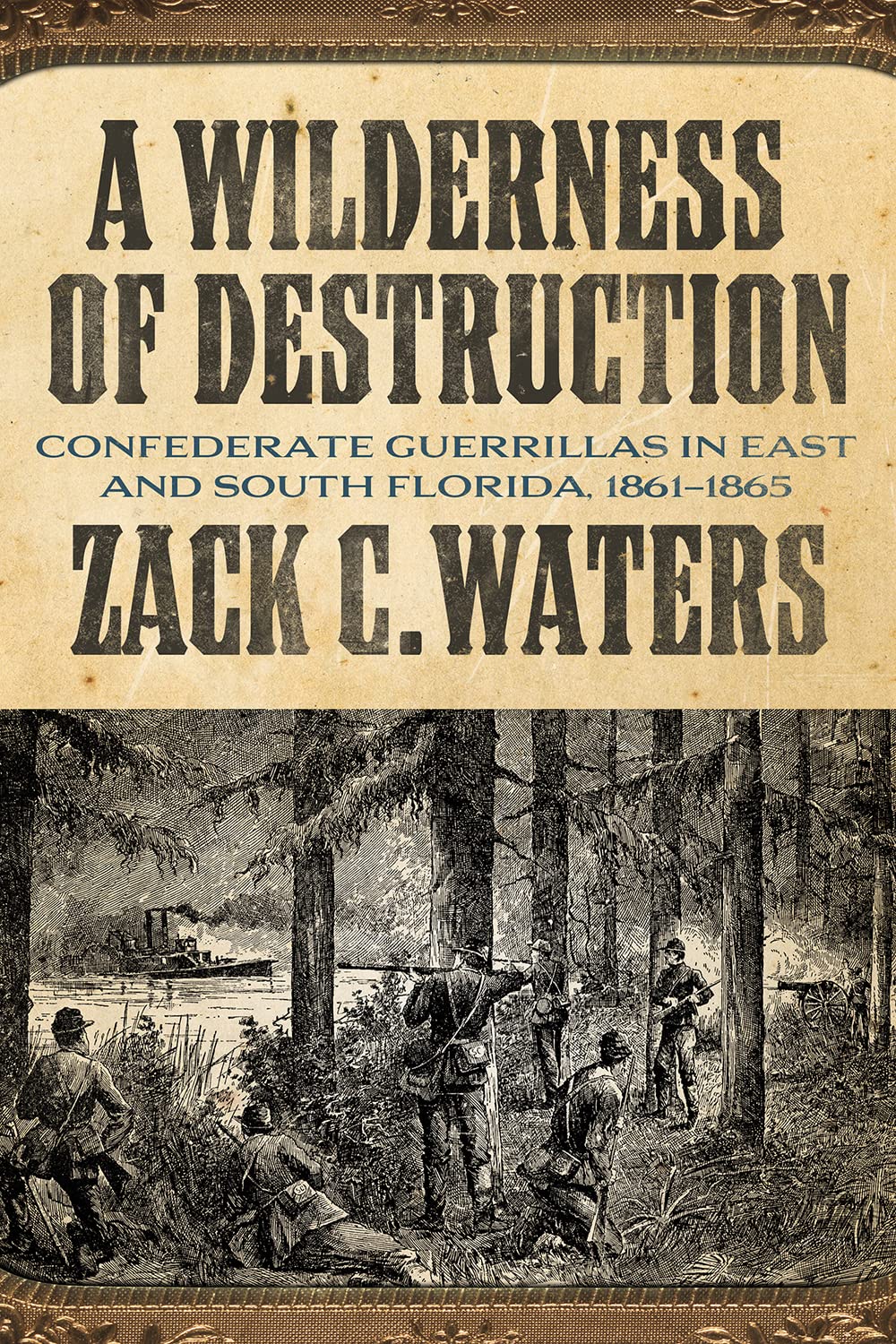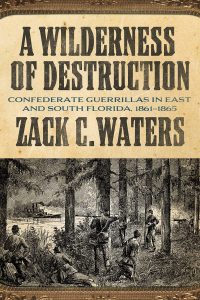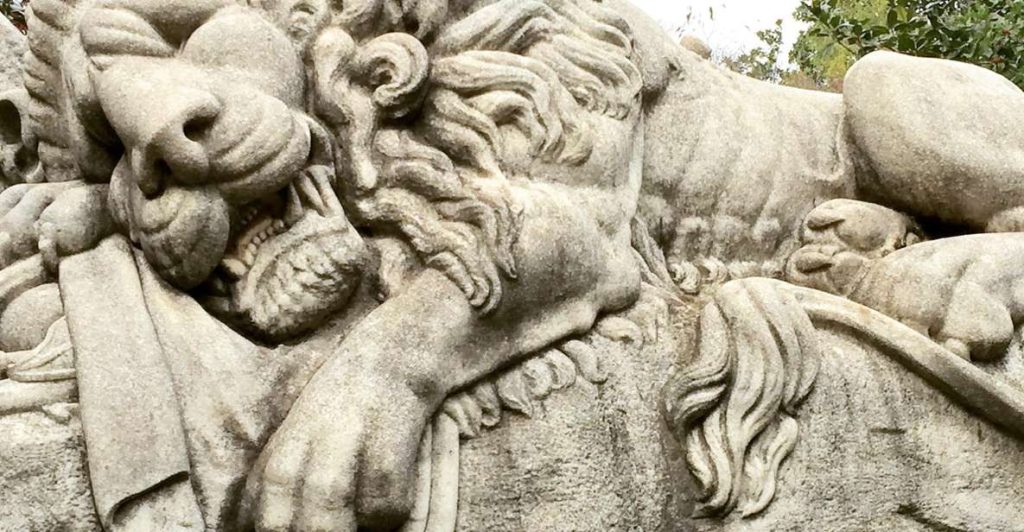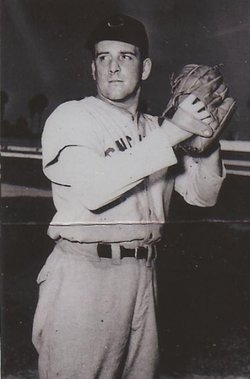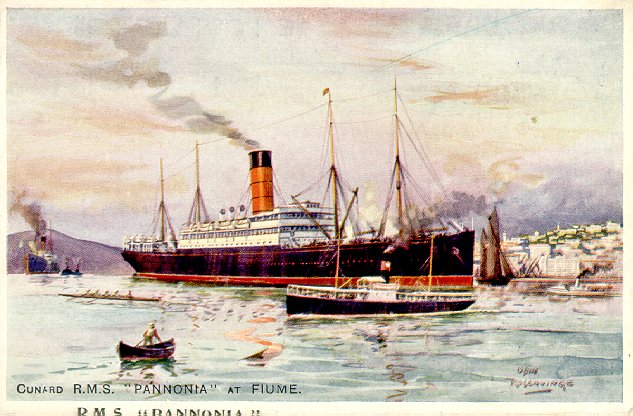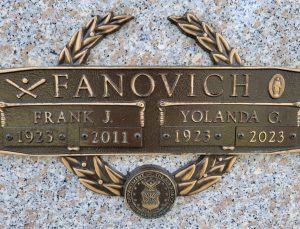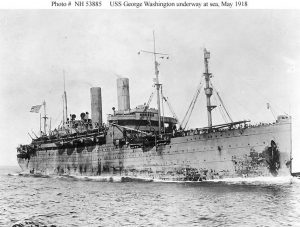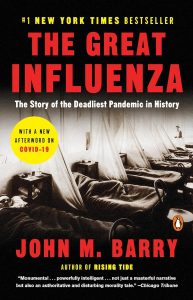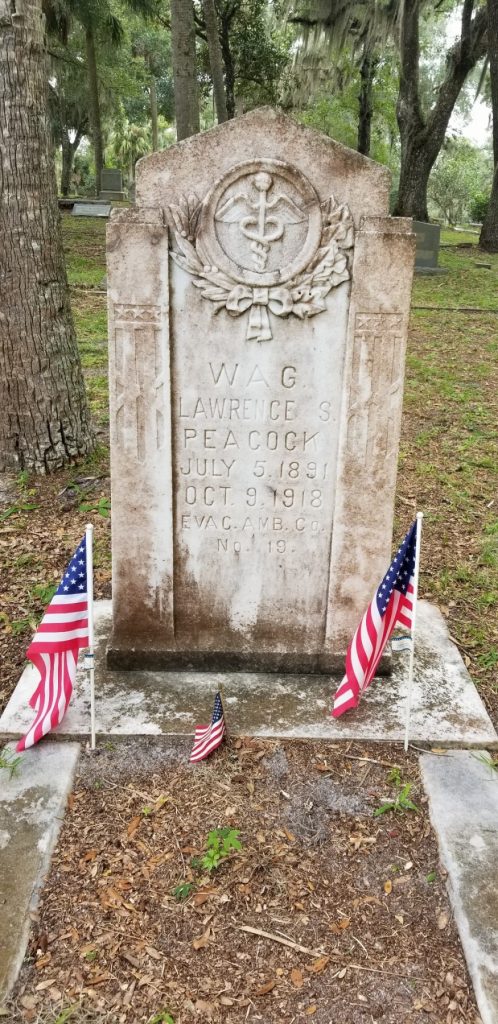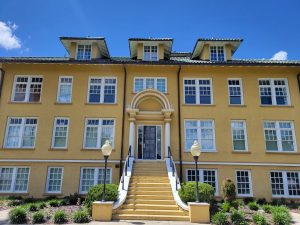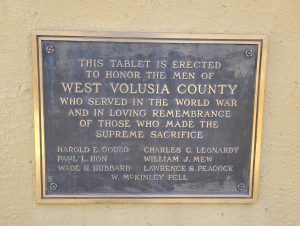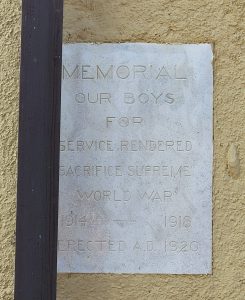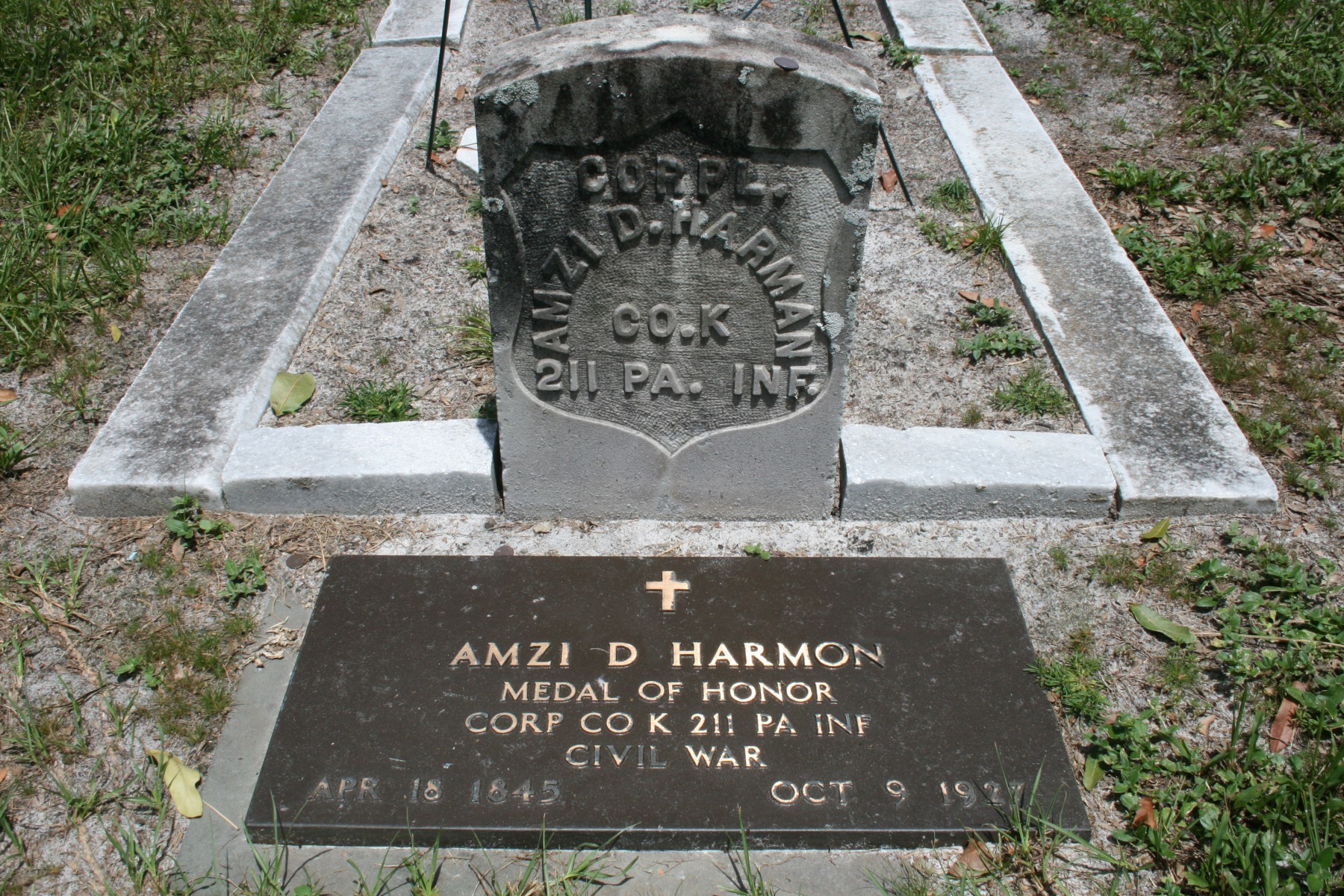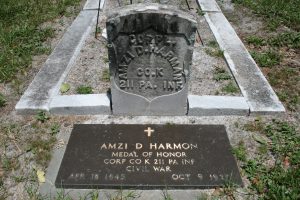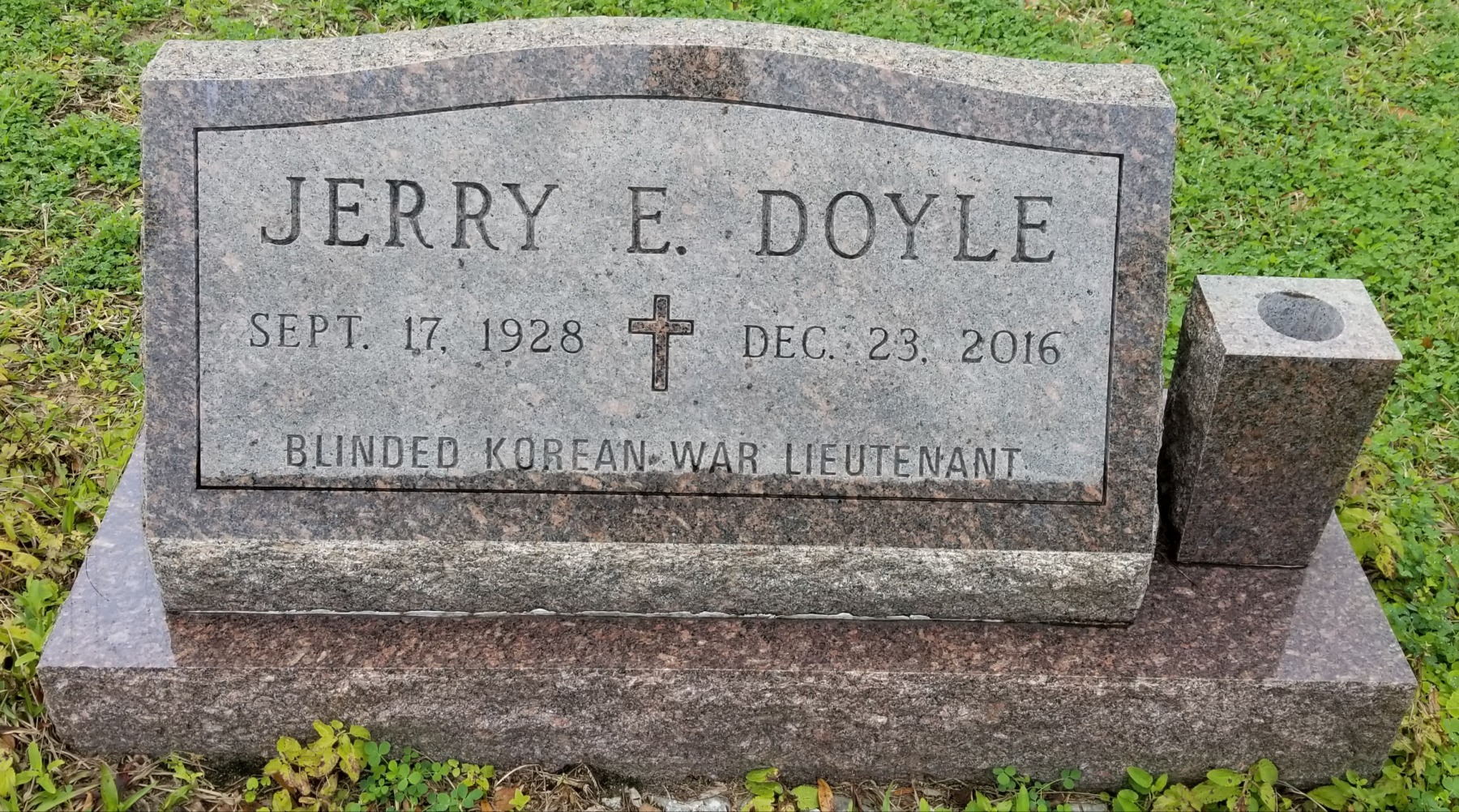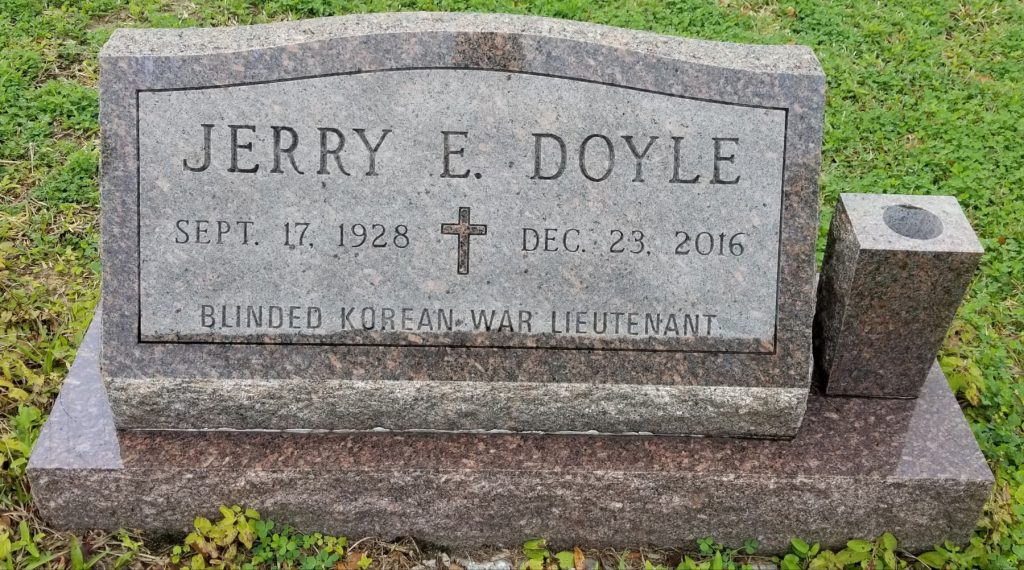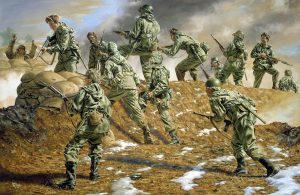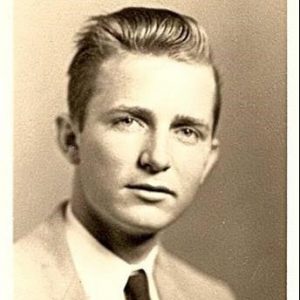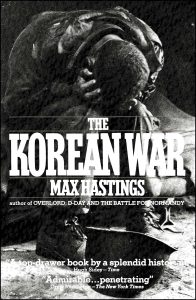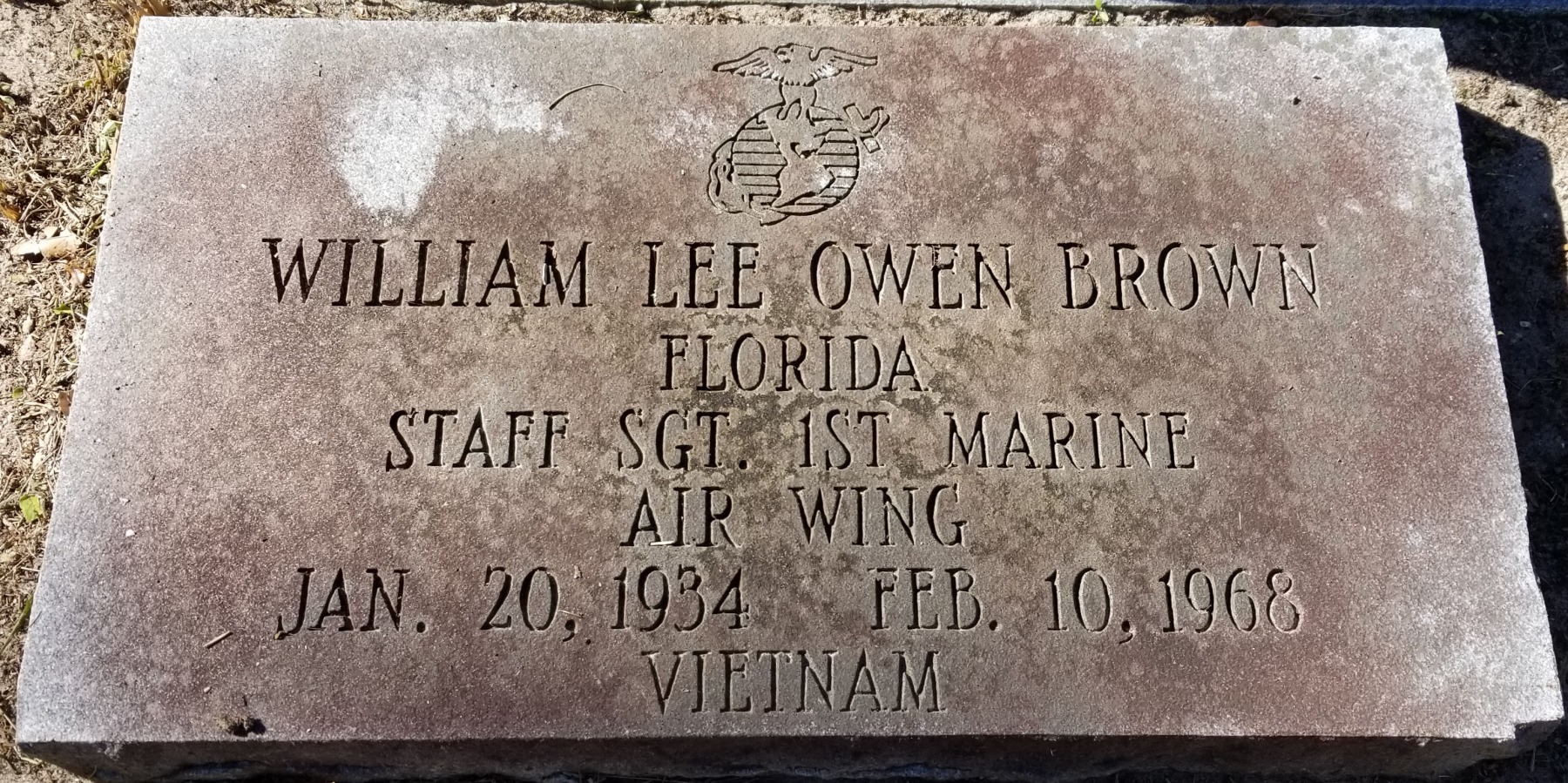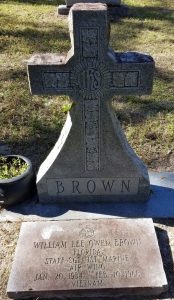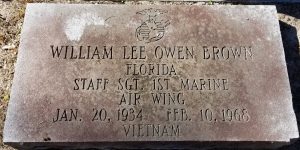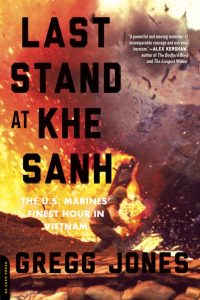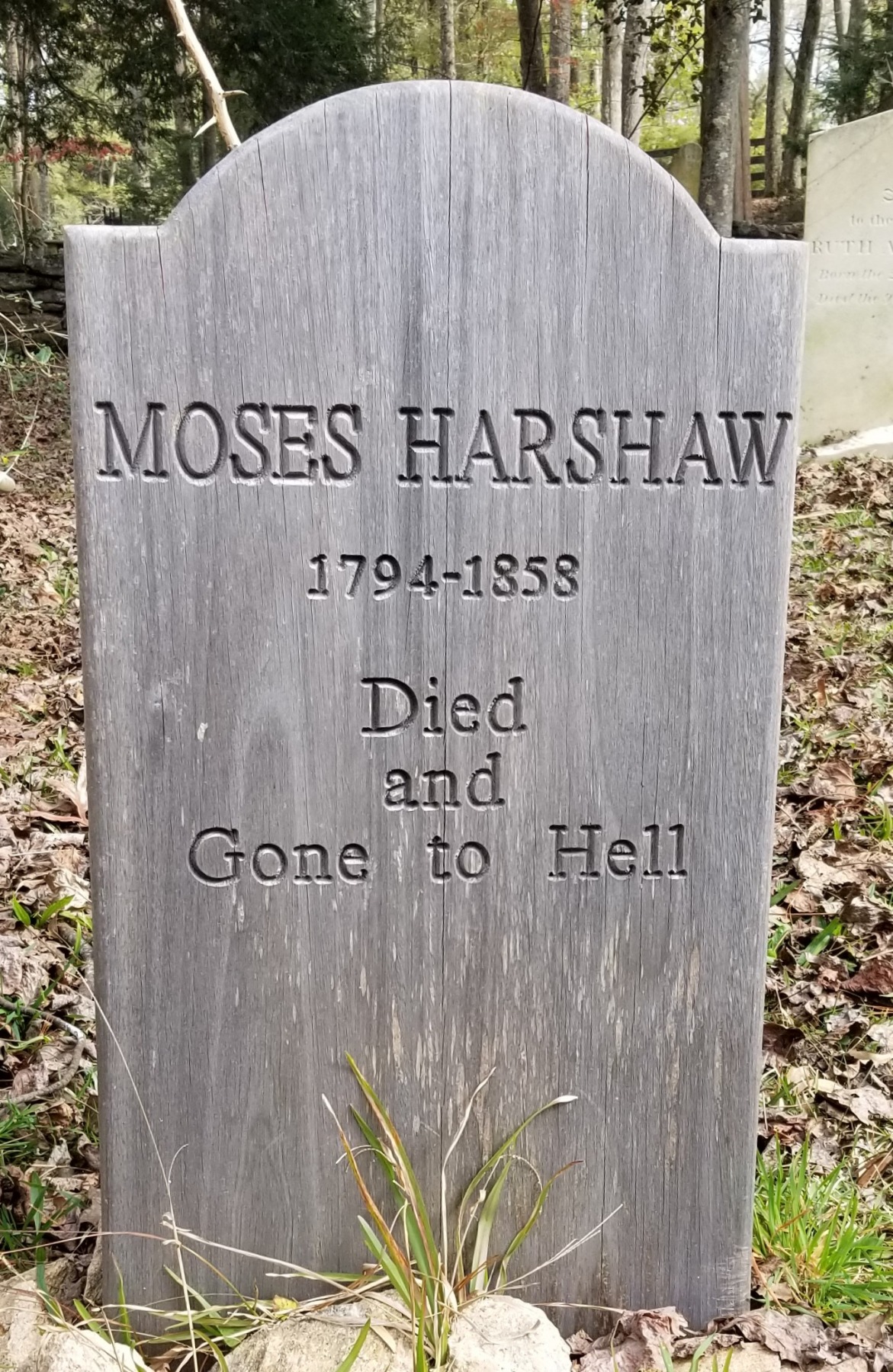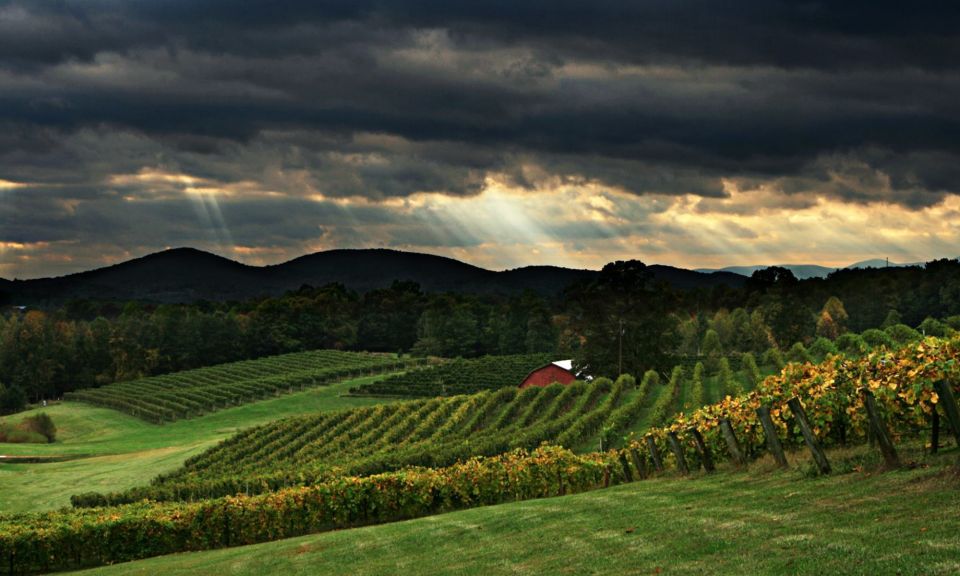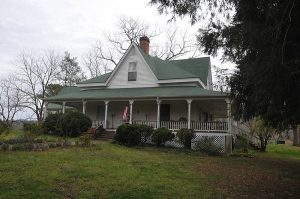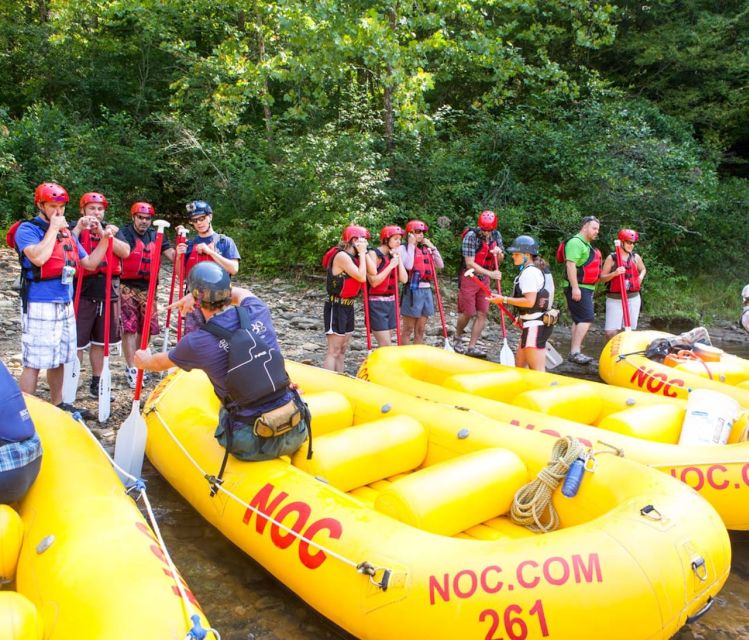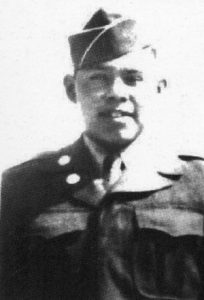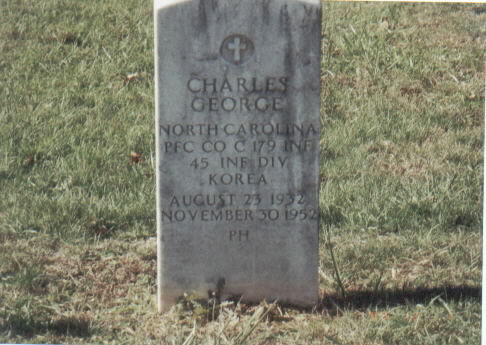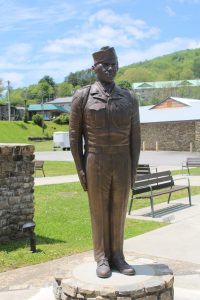Burial Sites of United States Presidents A Listing

Below is a brief reference to the burial sites of United States Presidents. Only 46 men (well, really 45 since Grover Cleveland was both the 22nd and 24th president) have served in the role of President of the United States. While visiting all these sites will take some coordination, time, and cost, it is certainly an achievable goal. Some of the burials contain elaborate monuments while others are much more commonplace and almost indistinguishable from their surroundings.
This listing includes links (click the name of your favorite president) so that you can determine when locations are open and if there are any associated costs. Most modern presidents have been buried onsite of their presidential library and museum. These websites are often tremendous sources of information on the Presidents and their accomplishments, especially those operated by the National Archives. For some of the earlier presidents, the sites related to their burials are lacking and you will need to seek outside sources.
This information on these sites may of course be slanted toward putting the president in a positive light. My recommendation is to read several books with different points of view in order to achieve a more balanced look at each of these successful, but still human and flawed, men. For more modern presidents, good luck. The literature is a minefield with most of it being partisan garbage.
1 George Washington December 14, 1799 Mount Vernon Fairfax County, Virginia
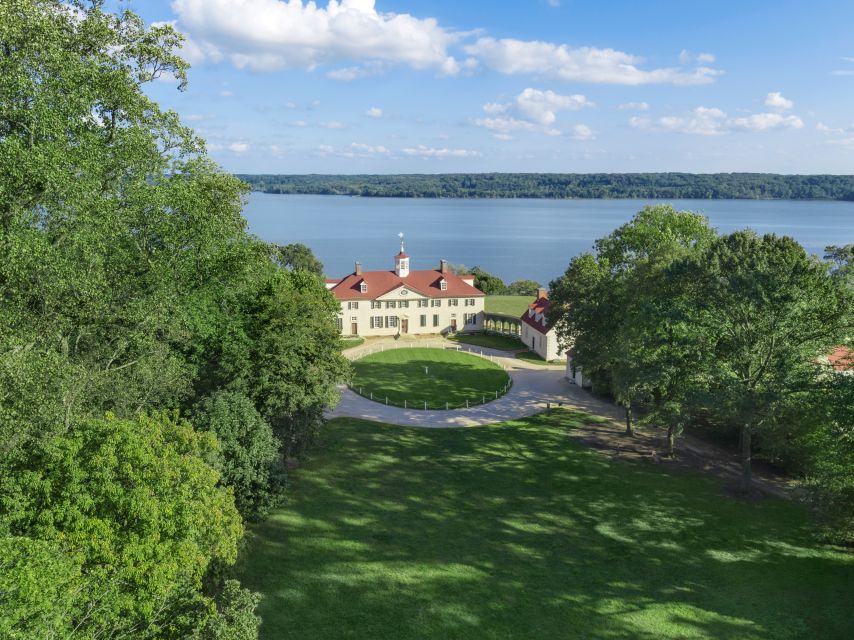
2 John Adams July 4, 1826 United First Parish Church Quincy, Massachusetts
3 Thomas Jefferson July 4, 1826 Monticello Charlottesville, Virginia
4 James Madison June 28, 1836 Montpelier Orange, Virginia
5 James Monroe July 4, 1831 James Monroe Tomb, Hollywood Cemetery Richmond, Virginia
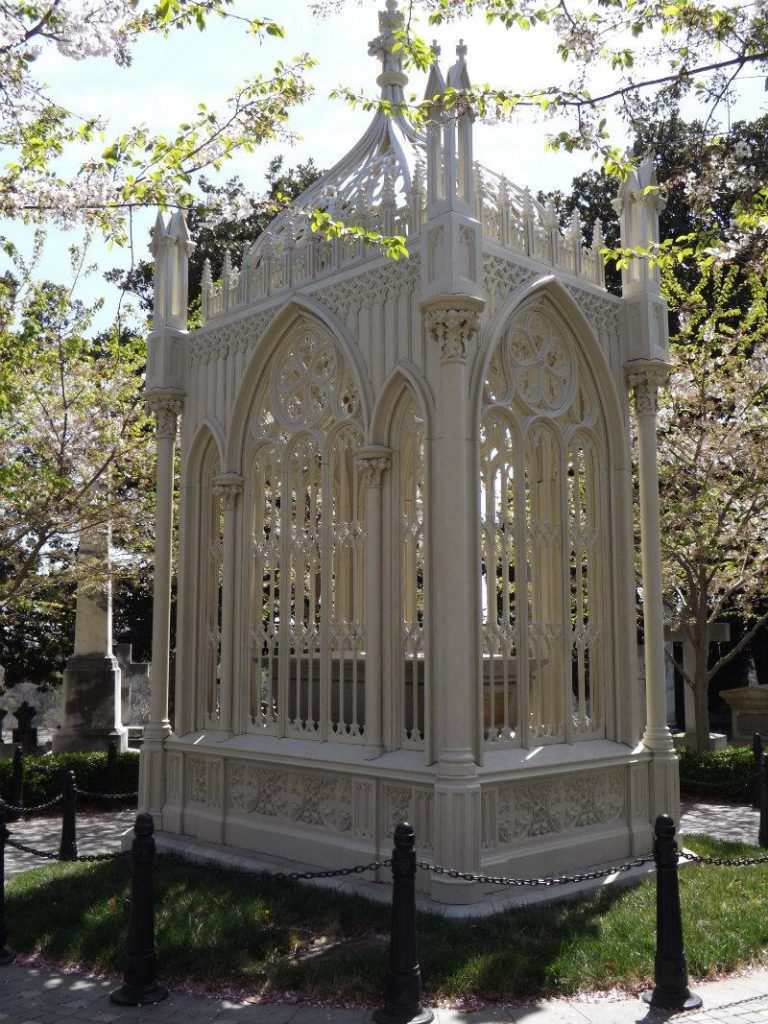
6 John Quincy Adams February 23, 1848 United First Parish Church Quincy, Massachusetts
7 Andrew Jackson June 8, 1845 The Hermitage Nashville, Tennessee
8 Martin Van Buren July 24, 1862 Kinderhook Reformed Church Cemetery Kinderhook, New York
9 William Henry Harrison April 4, 1841 William Henry Harrison Tomb State Memorial North Bend, Ohio
10 John Tyler January 18, 1862 Hollywood Cemetery Richmond, Virginia
11 James K. Polk June 15, 1849 Tennessee State Capitol Nashville, Tennessee
12 Zachary Taylor July 9, 1850 Zachary Taylor National Cemetery Louisville, Kentucky
13 Millard Fillmore March 8, 1874 Forest Lawn Cemetery Buffalo, New York
14 Franklin Pierce October 8, 1869 Old North Cemetery Concord, New Hampshire
15 James Buchanan June 1, 1868 Woodward Hill Cemetery Lancaster, Pennsylvania
16 Abraham Lincoln April 15, 1865 Lincoln Tomb, Oak Ridge Cemetery Springfield, Illinois
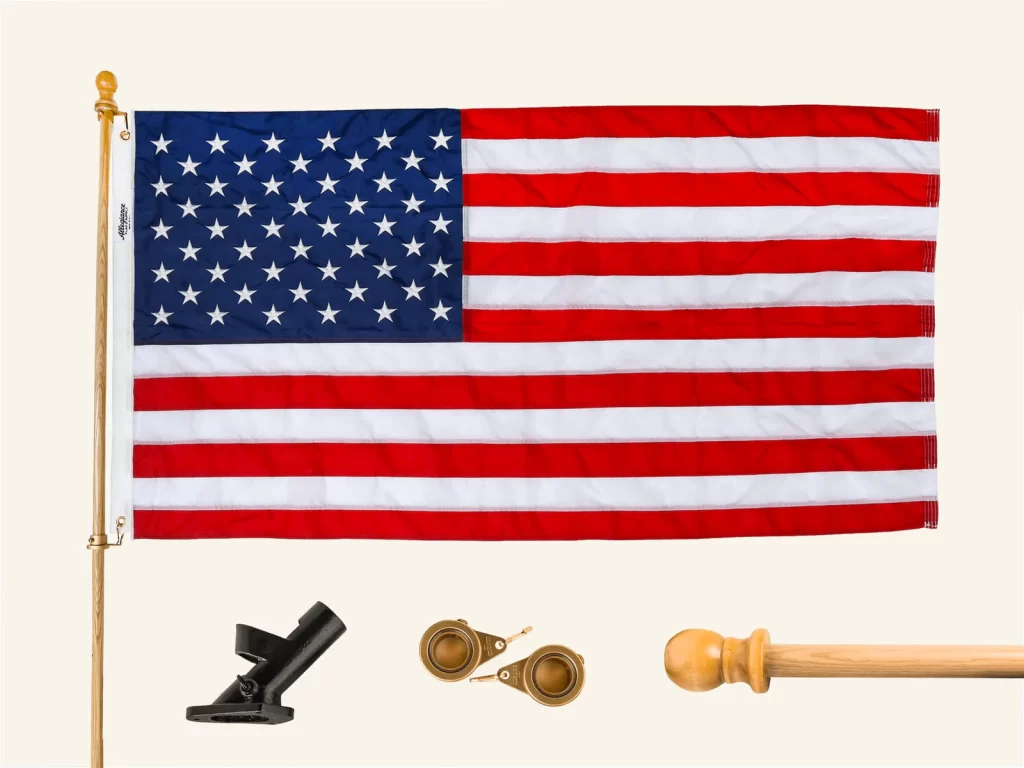
17 Andrew Johnson July 31, 1875 Andrew Johnson National Cemetery Greeneville, Tennessee
18 Ulysses S. Grant July 23, 1885 General Grant National Memorial New York, New York
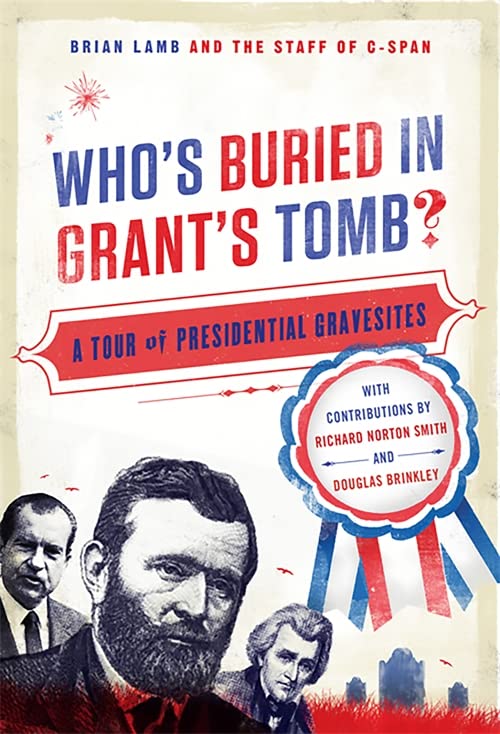
19 Rutherford B. Hayes January 17, 1893 Spiegel Grove Fremont, Ohio
20 James A. Garfield September 19, 1881 James A. Garfield Memorial, Lake View Cemetery Cleveland, Ohio
21 Chester A. Arthur November 18, 1886 Albany Rural Cemetery Menands New York
22/24 Grover Cleveland June 24, 1908 Princeton Cemetery Princeton, New Jersey
23 Benjamin Harrison March 13, 1901 Crown Hill Cemetery Indianapolis, Indiana
25 William McKinley September 14, 1901 McKinley National Memorial Canton, Ohio
26 Theodore Roosevelt January 6, 1919 Youngs Memorial Cemetery Oyster Bay, New York
27 William Howard Taft March 8, 1930 Arlington National Cemetery Arlington, Virginia
28 Woodrow Wilson February 3, 1924 Washington National Cathedral Washington District of Columbia
29 Warren G. Harding August 2, 1923 Harding Tomb Marion, Ohio
30 Calvin Coolidge January 5, 1933 Plymouth Notch Cemetery Plymouth Notch, Vermont
31 Herbert Hoover October 20, 1964 Hoover Presidential Library West Branch, Iowa
32 Franklin D. Roosevelt April 12, 1945 Springwood Hyde Park, New York
33 Harry S. Truman December 26, 1972 Truman Presidential Library Independence, Missouri
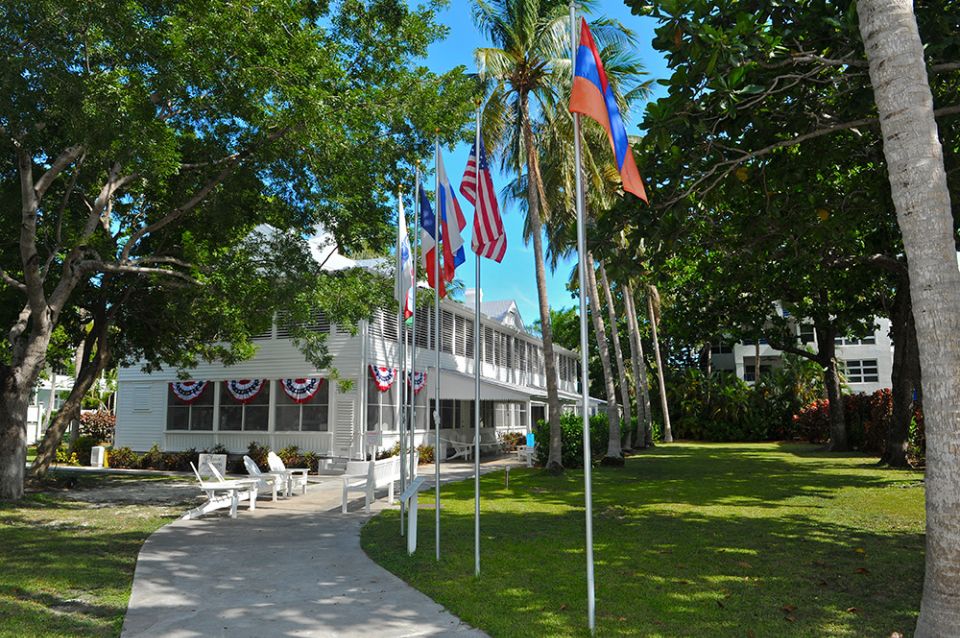
34 Dwight D. Eisenhower March 28, 1969 Eisenhower Presidential Center Abilene, Kansas
35 John F. Kennedy November 22, 1963 Kennedy Gravesite Arlington National Cemetery Arlington, Virginia
36 Lyndon B. Johnson January 22, 1973 Lyndon B. Johnson National Historical Park Stonewall, Texas
37 Richard Nixon April 22, 1994 Nixon Presidential Library Yorba Linda, California
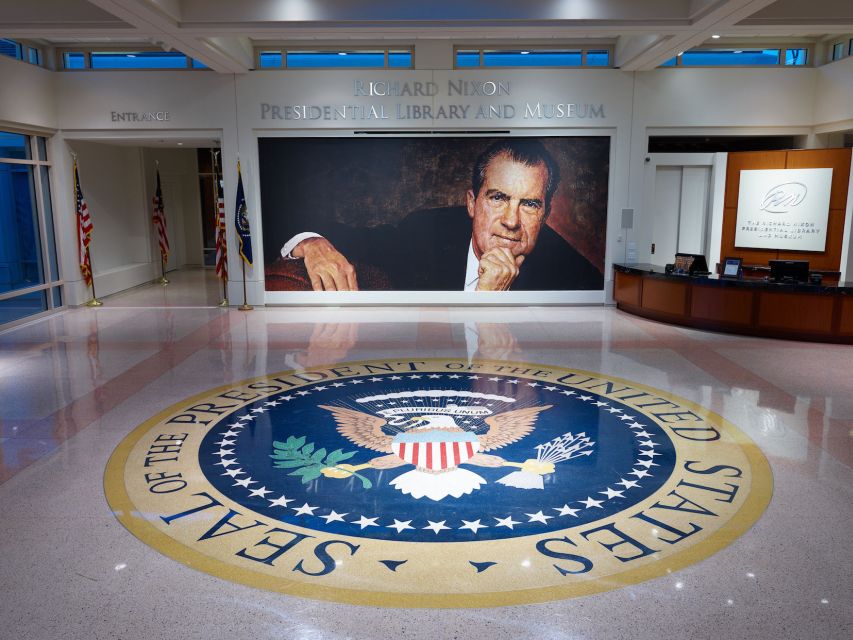
Visit the Richard Nixon Presidential Library and Museum and find out why it has been voted Orange County’s Best Attraction and Orange County’s Best Museum by LA Times readers. Tour the most modern presidential museum in the United States to learn about Richard Nixon the man, his life, and his presidency. Click THIS LINK or the image for information and to book your admission.
38 Gerald Ford December 26, 2006 Gerald R. Ford Presidential Museum Grand Rapids, Michigan
39 Jimmy Carter
40 Ronald Reagan June 5, 2004 Reagan Presidential Library Simi Valley, California
41 George H. W. Bush November 30, 2018 George Bush Presidential Library College Station, Texas
42 Bill Clinton
43 George W. Bush
44 Barrack Obama
45 Donald Trump
46 Joe Biden
Thank you for taking this tour of the burial sites of United States Presidents. While these are the most famous men in our countries history, why not take a tour of those who have been forgotten. In Charnel Cemetery in DeLand, FL, you can learn about a cemetery for those who were indigent at death yet were still provided with a proper burial.
This post may contain affiliate links. If you click these links and make a purchase, I may receive a small commission. This commission does not affect any price that you pay. All views and opinions provided are my own and are never influenced by affiliate programs or sponsors providing products.
